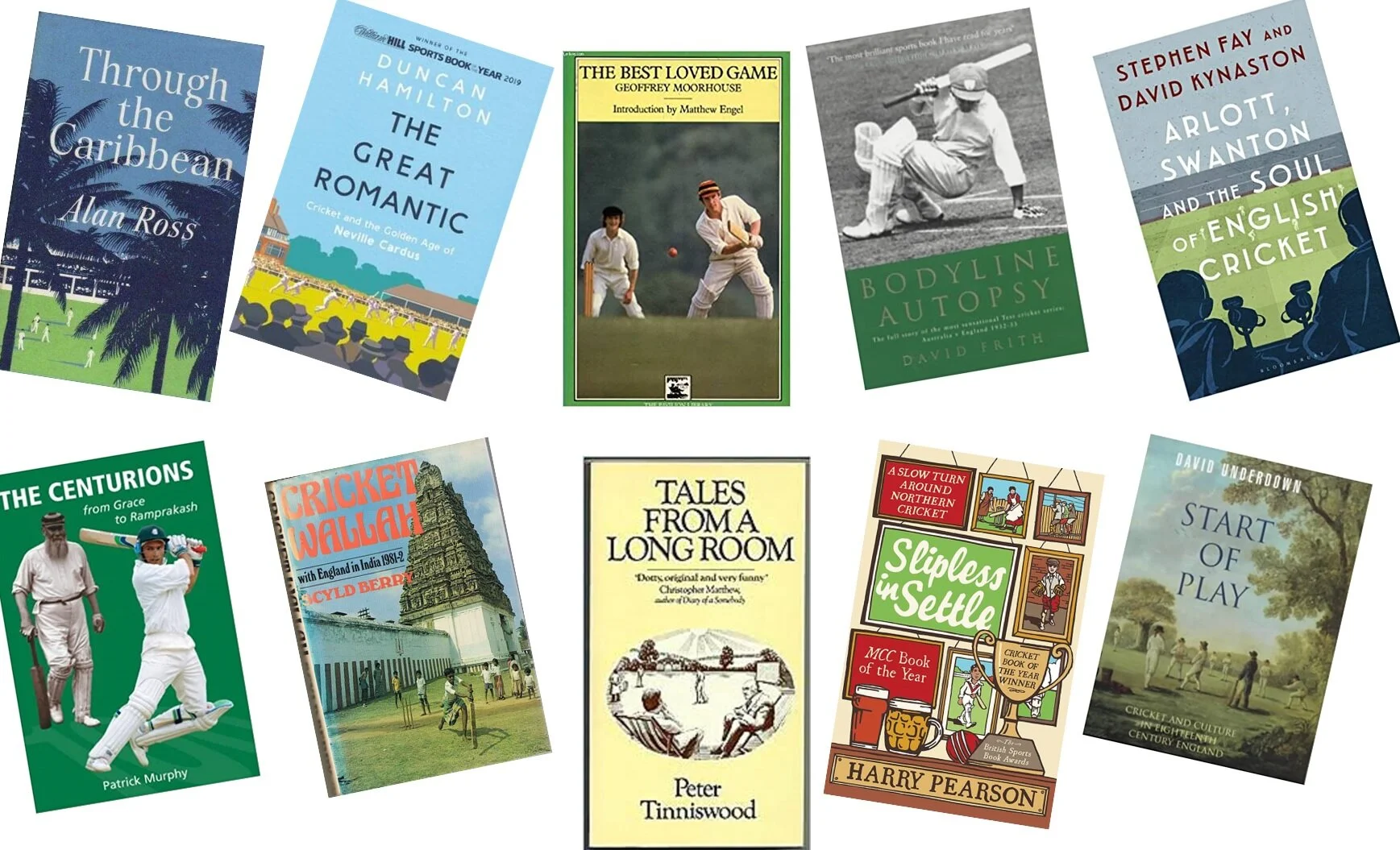Neil Robinson at the MCC Library at Lord’s
by Mayukh Ghosh
After retraining as a librarian at the Robert Gordon University in Aberdeen, Neil Robinson dearly wanted to work as one.
However, working at Lord’s as a librarian did not quite seem a realistic ambition. But sometimes the world conspires to get things done in one’s favour….
In an interview given to Arunabha Sengupta, he related a rather amusing story: “During the work placement after our course, the placement office gave us a form to fill in with five spaces on it. We could make five choices and hope that one of them would come off. I thought I could afford to throw away one place on an impossible dream. I put Lord’s as number one and the next four… I can’t at all remember what the other four were. But, they seemed to me at that moment as more realistic choices.”
Robinson has been working at Lord’s for over fourteen years. As the Library and Research Manager. He defines the role as ‘part librarian, part historian’.
More recently, he has become the Head of Heritage and Collections at Lord’s.
In 2015, he wrote Long Shot Summer, a book on the England team’s dreadful summer of 1988.
Since then, he has gravitated to writing thrillers.
It goes without saying that he has read a fair amount of cricket books. Anyone who manages THAT library in Lord’s over such a long period has no other option anyway!
Here are his favourite cricket books:
Scyld Berry: Cricket Wallah
“It takes a brave man to write a tour book and only get to the cricket after three lengthy chapters of introduction. Scyld Berry’s great work on England’s tour of India and Sri Lanka in 1981-82 is so much more than a tour book, it is a journey through the heart and history of Indian cricket and its broader canvas makes the experience of what happens on the field so much more vivid.”
Geoffrey Moorhouse: The Best Loved Game
“If Cricket Wallah was a travel book by a cricket writer then The Best Loved Game is a cricket book by a travel writer. Moorhouse’s cricket writing was a fraction of his total output, but this journey through English cricket at all levels in 1978 is a wonderful contribution to the game’s literature. Reading it you can almost feel yourself watching the players net before opening day at Lord’s, or sitting among the freezing locals in a rain-break at Northampton.”
Peter Tinniswood: Tales from a Long Room
“The search for the great cricket novel goes on, but the greatest cricket fiction may well be the series of short vignettes related by Peter Tinniswood’s wonderful Brigadier in this and subsequent collections. Tinniswood has endless fun with his stuffy fictional creation and his improbable rural idyll of Witney Scrotum, but does it with such affection that you end up feeling as nostalgic for the Brigadier’s golden days as he does himself.”
David Frith: Bodyline Autopsy
“Countless books have been written on cricket’s most famous historic controversy and Frith’s is not the only outstanding entry on the list. But it wins out for its impressive detail, its painstaking use of original sources and Frith’s well-balanced judgement.”
Patrick Murphy: The Centurions
“A collection of individually perfect essays on some of the most prolific batsmen to have graced the game: those who have made more than one hundred first-class centuries. Go for the second edition, which will probably never need to be updated and brings the record right up to date with the inclusion of the likes of Graeme Hick and Mark Ramprakash. For anyone seeking to understand the enigma of Hick, this is a great place to start.”
Stephen Fay & David Kynaston: Arlott, Swanton and the Soul of English Cricket
“Two of cricket’s greatest writers and broadcasters of the late twentieth century viewed together through the prism of a changing game and a changing society. Handled less deftly, the book might have been a confusing mess of subjects and voices, but David Kynaston and the late Stephen Fay did such a tremendous job that you cannot even spot the join between their contributions. Never has the contribution of Arlott and Swanton to the game and its culture been seen more clearly.”
Alan Ross: Through the Caribbean
“Really, this nomination could have gone to any of Alan Ross’s tour/travel books. He had a poet’s eye for description, for moment and for place, and a spectator’s eye for the appreciation of cricket. Filled with keen observation and beauty, all of them should be required reading.”
Duncan Hamilton: The Great Romantic
“Sir Neville Cardus’s ambivalent attitude to factual reporting has been well documented in recent years. Duncan Hamilton’s excellent biography gets closer than any previous work to the character of the man and to understanding his motivation. And all written in glorious prose that Cardus himself might envy.”
David Underdown: Start of Play
“A book I have found invaluable in the course of my work, Underdown’s outstanding research provides the clearest picture yet of cricket’s origins and early development. A serious and important work of history.”
Harry Pearson: Slipless in Settle
“A tour around northern league cricket with one of the game’s greatest current wordsmiths. Pearson has just as much talent for a turn of phrase as Alan Ross did, but in a rather different vein. In a subsequent article for MCC Magazine on the same subject he described the sky above a northern league ground as being “the colour of a smoker’s lung”. The people and places, the atmosphere and character of cricket in the north of England are amusingly and entertainingly described.”
Robinson’s own book is well worth a read. Way better than those ghosted autobiographies of star cricketers that flood the market.
Same can be said about these ten as well.


